What causes dandruff in hair?
Dandruff, these small fragments of skin that form at the root of the scalp and disperse in our hair can quickly become annoying and pose a problem from an aesthetic point of view. To get rid of them, it is still necessary to know how they are formed and what are the main causes. We explain the origins of dandruff and give you our advice to limit their appearance!

Where does dandruff come from?
The development of dandruff
In France, one out of two people is subject to dandruff, even if it is a source of discomfort because of the itching or the discomfort it can cause, it is not dangerous and does not require, in most cases medical treatment. The development of dandruff has nothing to do with hygiene, they are only due to a disruption of cell renewal.
On our skin live small cells that renew themselves regularly, this is also the case on the scalp. Normally, dead cells are eliminated every month, they follow what is called: the cycle of epidermal cells. When we are prone to numerous dandruff, it is because cell renewal is the victim of disruption. This upheaval in the maintenance of balance is due to a micro-organism called: Malassezia, a fungus living at the root of the scalp which creates inflammation, which accelerates cell renewal. The dead cells then fall off every 5 to 10 days and accumulate on the scalp.
The Malassezia mushroom is a lipophilic yeast attracted to fatty substances, and therefore to sebum, which explains why people with oily hairare generally more prone to the presence of dandruff. It is very likely that you will notice an increase in dandruff during certain hormonal periods since the hormones create sebum, which nourishes the Malassezia and therefore: increases the appearance of dandruff. This fungus is also attracted to humidity (poorly dried hair, perspiration, etc.)
External factors such as atmospheric pollution or free radicals can also accentuate the appearance of dandruff.
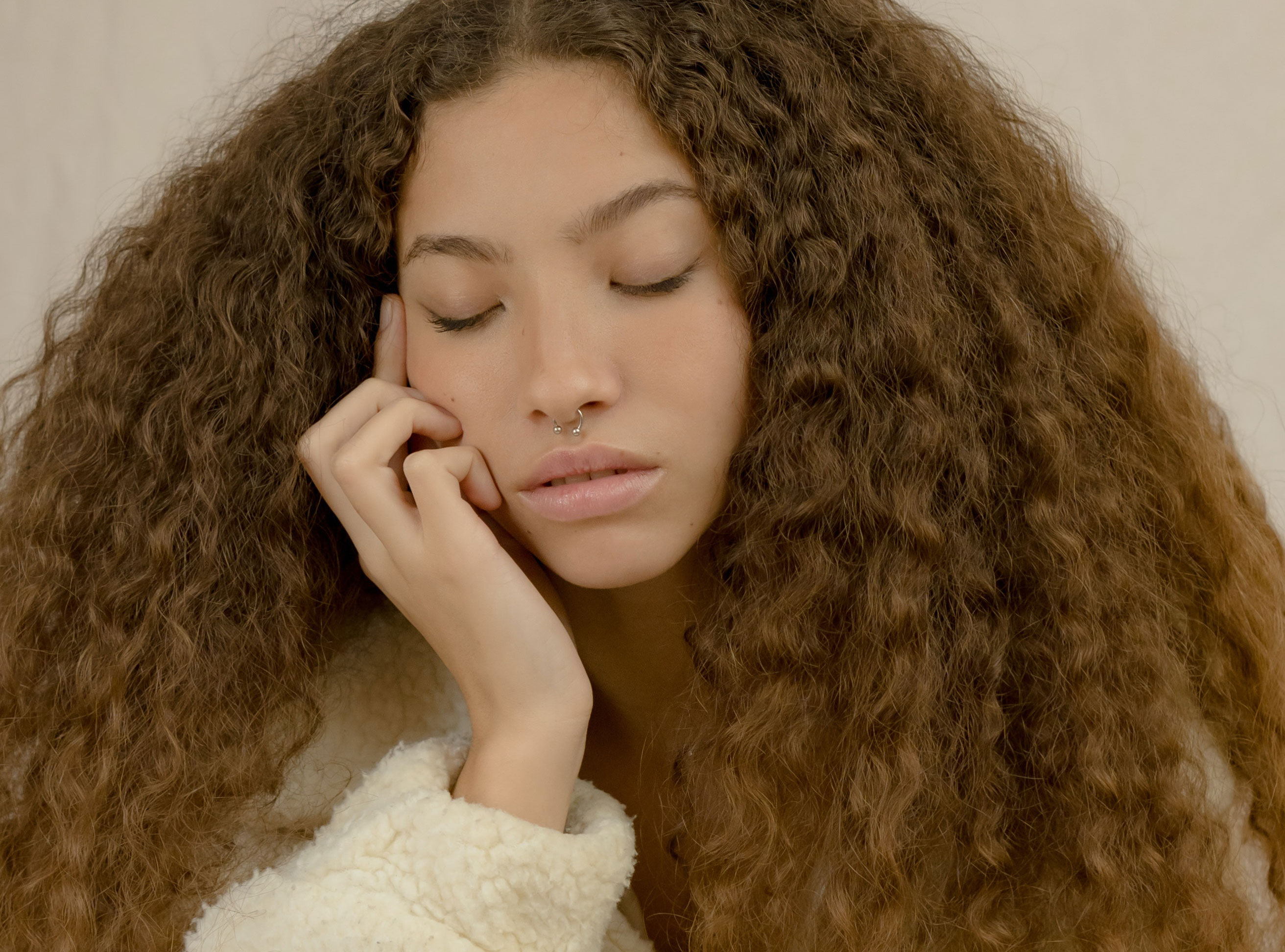
Oily or dry dandruff?
There are two types of dandruff, oily or dry dandruff.
Dry dandruff is usually found on dry hair, these skin scales can be white, gray, or yellowish in color. Rather fine, they do not stay attached to the hair. They fall during brushing and end up on the shoulders.
Oily dandruff is often the cause of seborrheic dermatitis or dermatitis. These large films are rather thick, whitish, or yellowish. thick, they are difficult to remove and often get stuck in the hair. They are usually accompanied by itching and an irritated scalp. It is necessary to be vigilant in the face of this type of dandruff which, by remaining stuck at the root of the hair, risks suffocating the scalp and causing hair loss. (in the most developed cases)
Is it serious to have dandruff?
Dandruff, often harmless, can sometimes be one of the symptoms of an inflammatory scalp condition. Indeed, some hair diseases cause patches of dandruff. If you recognize yourself in these symptoms, it is advisable to consult a dermatologist to be prescribed an appropriate treatment.
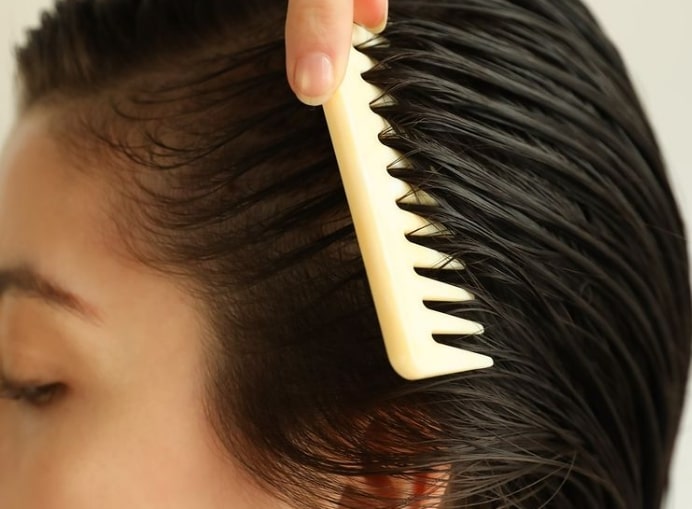
Scalp eczema: The predominant symptom of scalp eczema is incessant itching. Red patches, crusts, and oozing may also occur. There are two types of scalp eczema, allergic eczema, and atopic eczema. If the eczema is only present on the scalp, then it is allergic eczema. It can occur after the use of coloring, bleaching, permanent, or any other aggressive product for the scalp. Be careful, the products can be used several times before causing an allergic reaction. This scalp disease affects 2% of the population. This hair disease requires a treatment that calms the irritations.
Psoriasis: Scalp psoriasis creates red patches on the surface of the scalp that can extend to the back of the neck or even to the forehead. These plaques are accompanied by lesions or even bleeding and whitish crusts. Psoriasis is an inflammatory disease of the scalp that mainly affects adolescents or young adults. This inflammation promotes cell renewal and the appearance of dandruff clusters. The films resulting from psoriasis are thick and whitish, they can remain stuck to the scalp.
Seborrheic dermatitis: Seborrheic dermatitis is an inflammation of the scalp caused by the fungus Malassezia. What differentiates dermatitis from psoriasis is mainly the itching, which is less intense in the case of dermatitis. Dermatitis is also recognizable by red patches and large dandruff that detach from the scalp. Seborrheic dermatitis affects 1 to 3% of the population, more particularly men, and develops by pushing. Seborrheic dermatitis is favored by internal factors, such as stress, strong emotions, but also sweat or excess sebum. It is not a contagious affection, its treatment passes by a shampoo with the purifying action adapted in local application.
What causes dandruff?
Although we know the development of dandruff, is largely due to the fungus Malassezia or a disease of the scalp. Certain factors of daily life can accentuate the appearance of dandruff. Hygiene products, internal factors... We disentangle the true from the false!
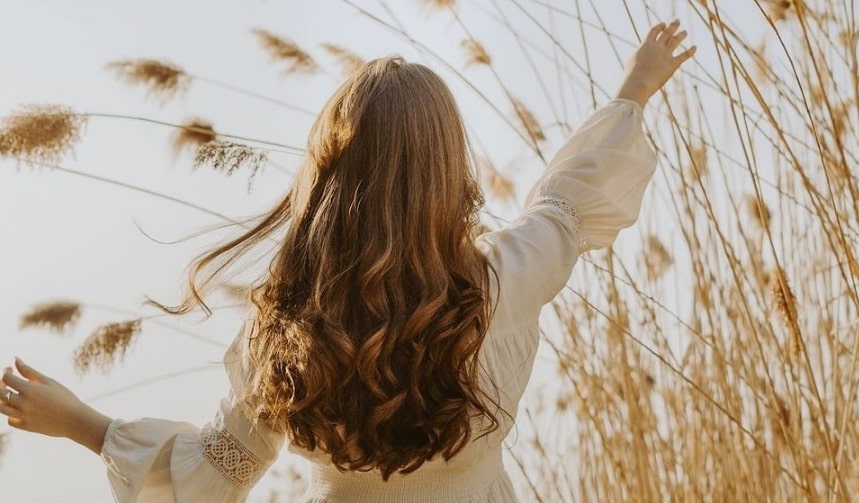
Dandruff and stress
We usually hear that stress creates dandruff! In reality, it is a received idea, that internal factors such as fatigue, stress, and anxiety have no direct impact on dandruff. In fact, this is what causes these internal factors that cause dandruff. That is to say? Negative emotions considerably weaken the immune defenses, the scalp will therefore be less predisposed to defend itself against the Malassezia fungus responsible for accentuating dandruff. Stress can also be a source of excess sebum or excessive sweating, which feeds the yeast and therefore promotes the acceleration of the cell cycle.
Dandruff and food
According to some statements, the clumps of dandruff forming due to a fungus (and therefore yeasts) should not consume in foods containing yeasts. This is false, the yeasts present on our scalp have nothing to do with the yeasts present in our digestive system. Diet, like stress, has no direct impact on dandruff. But beware, a good diet will have a real impact on the well-being of the scalp. Indeed, we prefer foods based on zinc, or iron, to protect the hair fiber and make it more resistant. We also avoid a diet that is too rich in fat or sugar, which will promote excess sebum.
Dandruff comes from a lack of hygiene
It's wrong. On the contrary, dandruff can reach people who wash their hair too often. Some shampoos with a purifying action are too aggressive for the scalp, the latter can ignite and create more sebum to protect itself, to do well, you should even space out the shampoos! In reality, it is the hygiene of life that matters. In the fight against dandruff, opt for a healthy lifestyle and avoid the consumption of tobacco or alcohol.
Dandruff in infants
Dandruff in infants is usually called: cradle cap. It is a benign skin problem that is not painful for babies and which appears during the first months after birth. These cradle caps are similar to the chronic inflammation of seborrheic dermatitis. The scalp of babies being colonized by a fungus causes accelerated desquamation of the scalp. This skin problem can be treated easily.
How to eliminate dandruff?
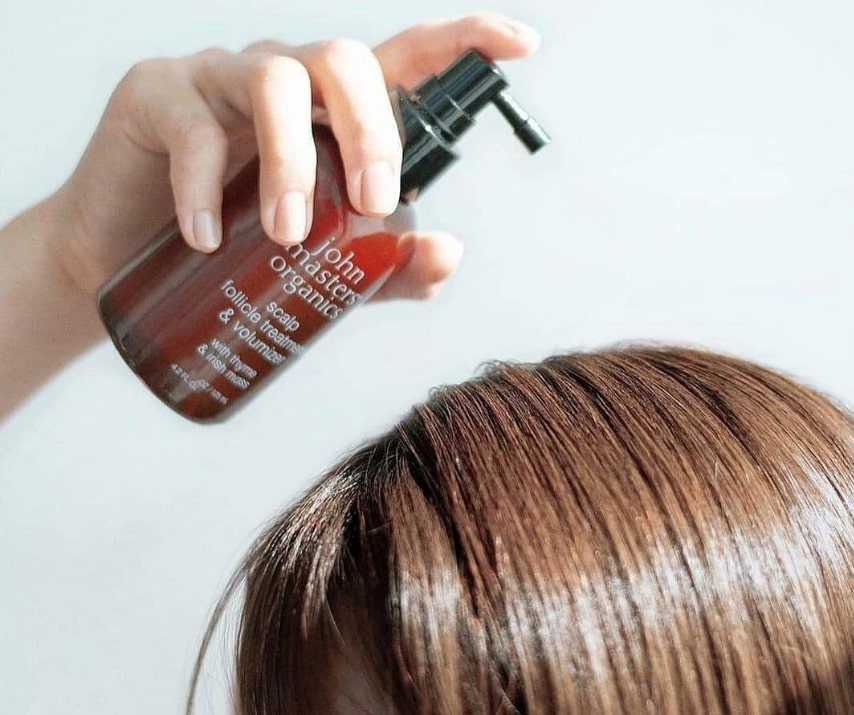
Our advice to get rid of dandruff There are several actions to adopt to limit the appearance of dandruff:
- We space the shampoos and we avoid washing our hair too often, some too aggressive shampoos develop the production of sebum.
- We opt for a mild shampoo with a purifying action that respects the scalp.
- Dry your hair well, preferably in the cold air if you use a hair dryer.
- We opt for a healthy lifestyle with a diet rich in vitamins!
How to get rid of dandruff in hair naturally?
Our 4-step anti-dandruff routine
When we are prone to dandruff, it is important to turn to suitable natural products that limit their appearance while respecting the scalp and the hair fiber.
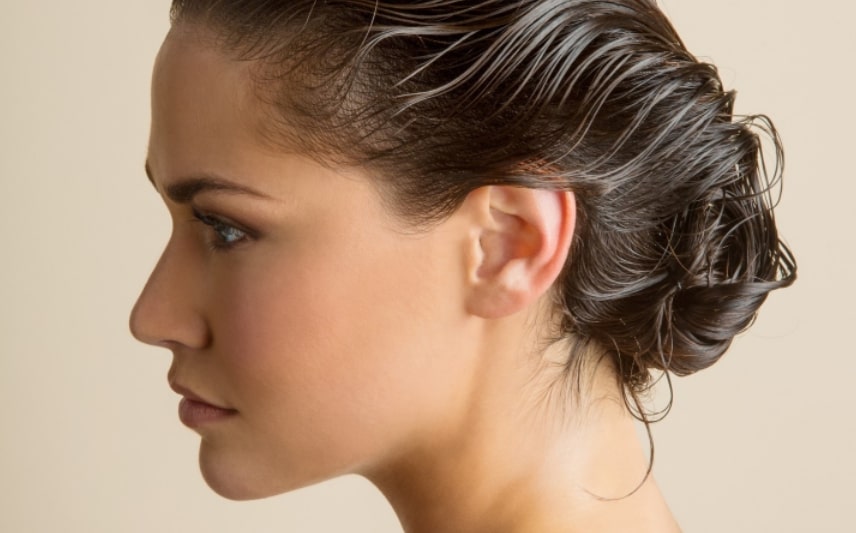
We start with an anti-dandruff oil
Anti-dandruff oils are very effective in purifying and cleansing the scalp. Rich in benefits, they can be antifungal and treat dandruff-related concerns, such as excess sebum or conversely hair dryness. The Gloss Monday Muse hair oilsoothes irritated scalps, rids dandruff and strengthens the hair. according to an independent clinical trial conducted over 4 weeks, it helps to significantly reduce dandruff. Formulated without silicones and based on a cocktail of vegetable oils, it brings shine and softness to the hair.
We continue with a hair scrub
To get beautiful healthy hair, you have to take care of your scalp. For this, it is advisable to opt for a scrub of the scalp, which will help to purify the scalp. The Cut By Fred depolluting salt scrub eliminates dandruff, chemicals, pollution residues, in short everything that makes our hair dull, and dry and prevents it from breathing! Shaeri Paris detoxifying scalp scrub Pure Scrub also stimulates microcirculation, it revitalizes and gives a real boost to the hair!
We continue with an adapted organic shampoo
Burdock and Neem 100% Pure soothing shampoo calms itching and cleanses the scalp. Composed of neem extract, burdock root, or even provitamin B5, the 100% Pure shampoo rids the hair of toxins, eliminates dandruff, and stimulates hair growth. The lengths are hydrated and visibly strengthened. Exit irritation! This shampoo deeply cleanses without drying out or attacking the scalp.
We finish with a soothing mask
The Founder's Blend Rahua hair mask is a rebalancing treatment adapted to the lengths and the scalp. Designed especially for sensitive scalps, this natural treatment is composed of vegetable and essential oils with soothing properties, it prevents the appearance of dandruff, strengthens the hair at the root, and calms irritation.
Our other items:
Make your hair transitioncorrectly
What does organic shampoobring to the hair?
Redefine and take care of your curls
Limit hair loss after pregnancy
The best hair routine for curly to frizzy hair
I want beautiful wavy hair
Porosity: all about your hair
Comments

